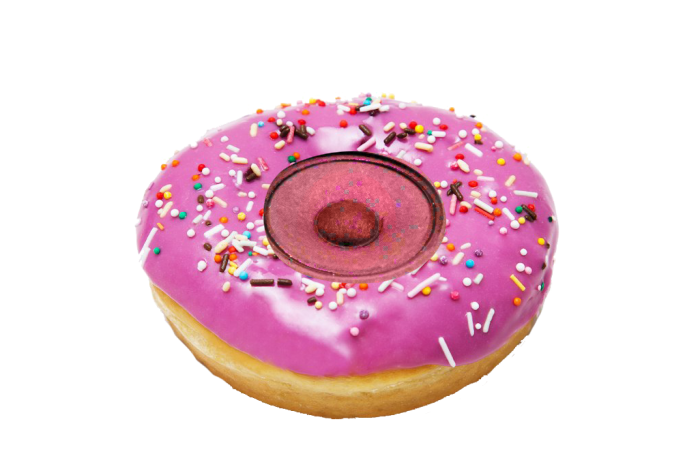As I’m writing this, I’m listening to the heavy sounds of rain as they hit my windowsill. I always liked spending rainy days watching movies, usually happy ones with lots of music. Having grown up watching my fair share of musicals, I have a soft spot for dance numbers. It always made me sad to see how tap has grown out of popularity over the years as the contemporary genre became a fan favorite in both the musical theatre and dance communities. The readings from the last week of class on what counts as music inspired me to think more about what we consider music and look at music as an art form. Combining the two topics at the top of my mind led to me rewatching the movie Stomp Out Loud. This movie is a collection of performances from the dance troupe STOMP. Based in Brighton, England, and Manhattan, New York, the group performs a type of entertainment called physical theatre, which uses the body and other forms of movement to tell a story. The recordings are always live and done in one take, so there is no editing done to the soundscape to make it polished or to alter what is being produced. Of course, the years of training and hours of practice certainly help. The stage has microphones so that their shoes and objects can be amplified and heard even from the back of the balcony. They are famous for utilizing very everyday objects such as trashcans, basketballs, buckets, and kitchen items to depict stories of the urban working class and create a soundscape of the cities they live in and the places in which they work and, during breaks, play. My favorite is the act Brooms, shown below:
In this clip, we see a person sweeping, presumably, in the context of the larger show, after the actual concert that took place in the space beforehand. After some time, they are joined by their colleagues to help out to clean the space. As the group is doing their job, the rhythms and beats of the sweeping motion and tapping out of the dust build-up create their own form of music. The idle observational sounds of cleaning ebb and flow throughout as they switch from the mundane cadence of their jobs as cleaners to enjoying each other’s company to create a symphony of work boots, broomsticks, sighs, grunts, and brushing. Whilst not what we would traditionally consider music in the popular sense, it is undeniably musical in nature.
Purely percussive, it would be difficult to find someone who would disagree with that statement as there is a vision, objective, and pattern. In fact, I think that the percussive aspect makes it easier for our brains to sense that there is rhythm present and could possibly place this in the same category as other music that lacks lyrics, such as film scores or marching bands. Their objects keep time and are capable (in their own way) of changing pitch and tone and producing a melody. The steady beat of the sweeping and knocking blend the sounds of their shoes to make the piece cohesive. In Douglas Kahn’s The Sound of Music, there is a quote that states, “‘From the moment you accumulate sounds and noises, deprived of their dramatic connotations, you cannot help but make music’ (Diliberto, 1986:56)” (Back et. al., 2006:82). I think this sound clip exemplifies the quote well.
Reference:
Back, L., Bull, M., & Kahn, D. (2006). The Sound of Music. In The auditory culture reader. essay, Berg.
